
OR
World Wetlands Day
Wetlands: Mitigating Climate Change thru Carbon Sequestration
Published On: February 2, 2023 10:00 AM NPT By: Ayush Raj Gyawali
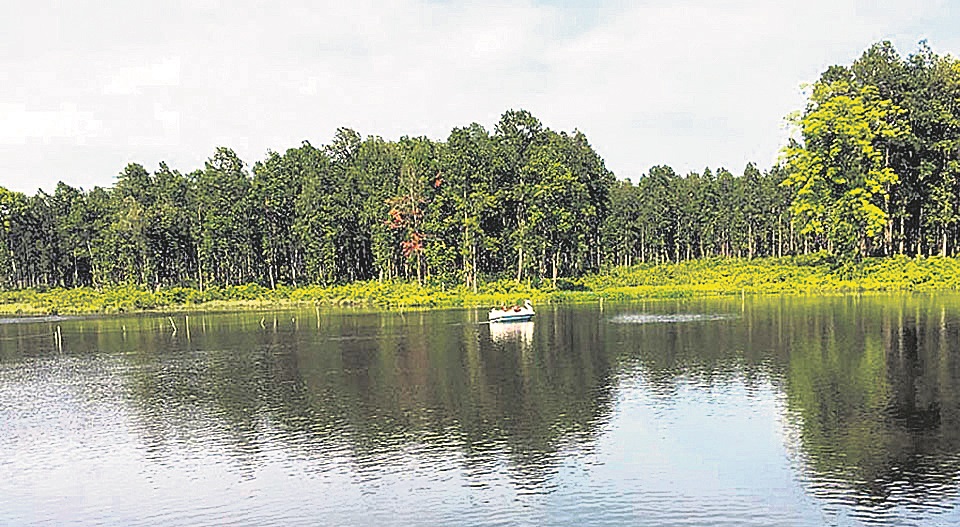

Ayush Raj Gyawali
The author is PhD candidate at Chinese University in Hongkong.news@myrepublica.com
Measuring carbon stocks and sequestration in the wetlands across various physiographic regions of Nepal can provide valuable information for decision-makers by showing its economic productivity, support monitoring changes and provide vital information for natural resource planning and management.
Wetlands are transitional ecosystems, home to both terrestrial and aquatic biodiversity, providing significant ecological, economic and social services. These distinct ecosystems occupy merely 5-8 percent of land surface and store 20 to 30 percent of the projected 1,500 Pg of global soil carbon. Wetlands are productive ecosystems and have proven to benefit the nearby rural communities by providing food, water, and other alternative livelihood opportunities. While the need to conserve and preserve wetlands is increasingly being acknowledged across the globe, these ecosystems are under constant threat and are continuously deteriorating. Such degradations generally result in microbial breakdown, demineralization and ultimately sequester significant amounts of carbon in the form of methane that impedes carbon capture potential of wetlands. Since the pre-industrial era, a rise in atmospheric methane levels has accounted for 25 percent of the warming effect from greenhouse gasses on the climate.
Since 1970, the world has lost more than one-third of its natural wetlands, at a pace of decline that is three times greater than the loss of the world's forests over the same time period. Nepal, a small landlocked Himalayan country that occupies only 0.003 percent of the world’s area, has 10 sites designated as wetlands of international importance (Ramsar Sites). Nearly five percent of the total surface in Nepal, or around 7,435 km2, is covered by wetlands. Wetlands in Nepal are located at different altitudes, from high-altitude to lowland. High-altitude wetlands like Gosainkunda, Gokyo, Rara, and Phoksundo offer services like freshwater and cultural experiences for tourism and spirituality. Mid-hills wetlands such as Mai Pokhari and Lake Clusters in Pokhara Valley provide provisioning services like food and fuel. Lowland wetlands like Koshi Tappu, Jagadishpur, Beeshazari, and Ghodaghodi offer both cultural and provisioning services.
The wetlands are home to 886 species of birds, 27 percent of nationally-endangered bird species, 85 percent of vertebrate endemics, 24 percent of protected plant species, and at least 230 native fish species. Nepal is rich in wetland diversity and has 20 of the globally recognized 27 freshwater wetland types. More than 17 percent of the inhabitants in Nepal, a developing country in South Asia, rely on wetlands for fundamental livelihood services. Despite efforts by government and non-government organizations to protect and conserve wetlands through policy and program initiatives, they face constant degradation from factors such as expansion of human settlements, hunting, encroachment, drainage, landfill sites, siltation, and overconsumption of resources, unsustainable harvesting, illegal spawning, and habitat destruction.
Freshwater wetland soils have a significantly higher capacity to store carbon than forests, ranging from 1.38 to 2.26 Mg C ha-1 year-1. In a forest ecosystem, plant debris falls to the ground and decomposes, releasing some carbon dioxide back into the atmosphere. However, wetlands tend to accumulate this litter over time, preventing full decomposition and leading to a buildup of carbon in the soil over thousands of years. Despite this estimated contribution, research efforts on carbon stocks and sequestration have focused primarily on forests in Nepal, less attention has been given to inland wetlands (teal carbon). Lack of proper assessment of freshwater diversity distribution limits the formulation of conservation and management strategies in Nepal. Terrestrial biodiversity has predominantly received attention in conservation plans and programs while fresh water ecosystem receive less attention from planners.
One of the biggest challenges in calculating the carbon stored in wetlands in Nepal is the lack of data and infrastructure. Developing countries often have limited resources to monitor and collect data on wetland carbon stocks and sequestration, as well as inadequate infrastructure to process and analyze the data. This makes it difficult to accurately estimate the amount of carbon stored in wetlands. Further, in Nepal, due to spatial heterogeneity coupled with climatic variations, there is high variability in carbon storage and sequestration capacity among wetlands. In addition to technical difficulties, weak policies on the economic valuation of the ecosystem can also be a barrier to assessing wetland carbon in underdeveloped nations. Further, many wetland regions are poorly defined or not adequately protected, which results in inconsistent management and the depletion of these priceless ecosystems.
It is difficult for a developing country like Nepal to conserve and restore biodiversity without providing economic benefits in the form of incentives and rewards to the residing local communities. Since Nepal is eligible to sell carbon to developed countries that want to offset their emissions under the Reducing Emissions through Deforestation and Degradation (REDD) program, determining the contribution of wetland ecosystems to carbon capture would be an ideal panacea to this problem. Measuring carbon stocks and sequestration in the wetlands across various physiographic regions of Nepal can provide valuable information for decision-makers by showing its economic productivity, support monitoring changes and provide vital information for natural resource planning and management. This will also help promote sustainable management and wise use of wetland ecosystem services as outlined by the Sustainable Development Goals framework, the Convention on Biological Diversity, and the Ramsar Convention.
You May Like This
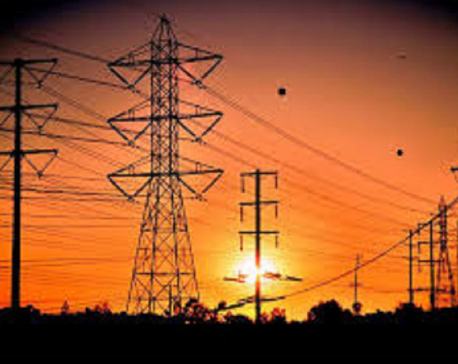
Boost investment in power transmission infrastructures
As Nepal strives to achieve uninterrupted power supply for all its citizens and capitalize on surplus electricity through exports, urgent... Read More...

Aug 21: 6 things to know by 6 PM
Your daily dose of missed important news of the day. ... Read More...

What Nepal needs is India's friendship and support for growth: Nepal PM Oli
In an exclusive interview to The Hindu, Mr. Oli says the bitterness of past relations have been put behind them,... Read More...





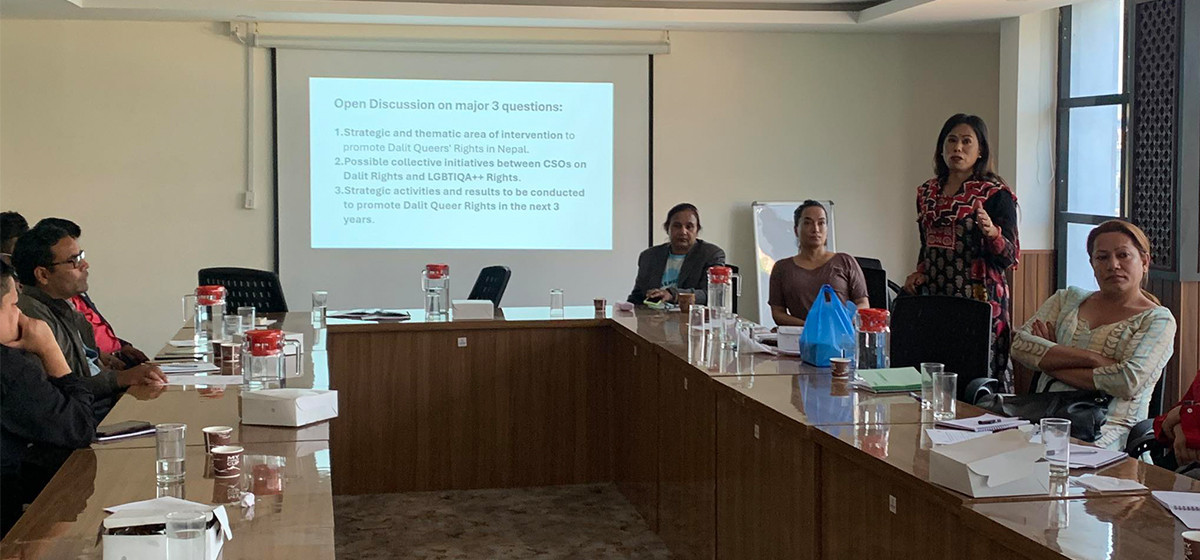


Just In
- 80 civil servants left in the lurch as MoFAGA places them in reserve pool
- Weather Alert: Storm likely in Lumbini and Sudurpaschim
- NOC investing Rs 3 billion to construct fuel storage plants of over 9,000 kl capacities in Bhairahawa
- Reflecting on a festive journey filled with memories and growth
- Dalit sexual and gender minorities lack representation within their own communities and groups
- Nagdhunga-Sisnekhola tunnel breakthrough: Beginning of a new era in Nepal’s development endeavors
- Altitude sickness deaths increasing in Mustang
- Weather forecast bulletin to cover predictions for a week






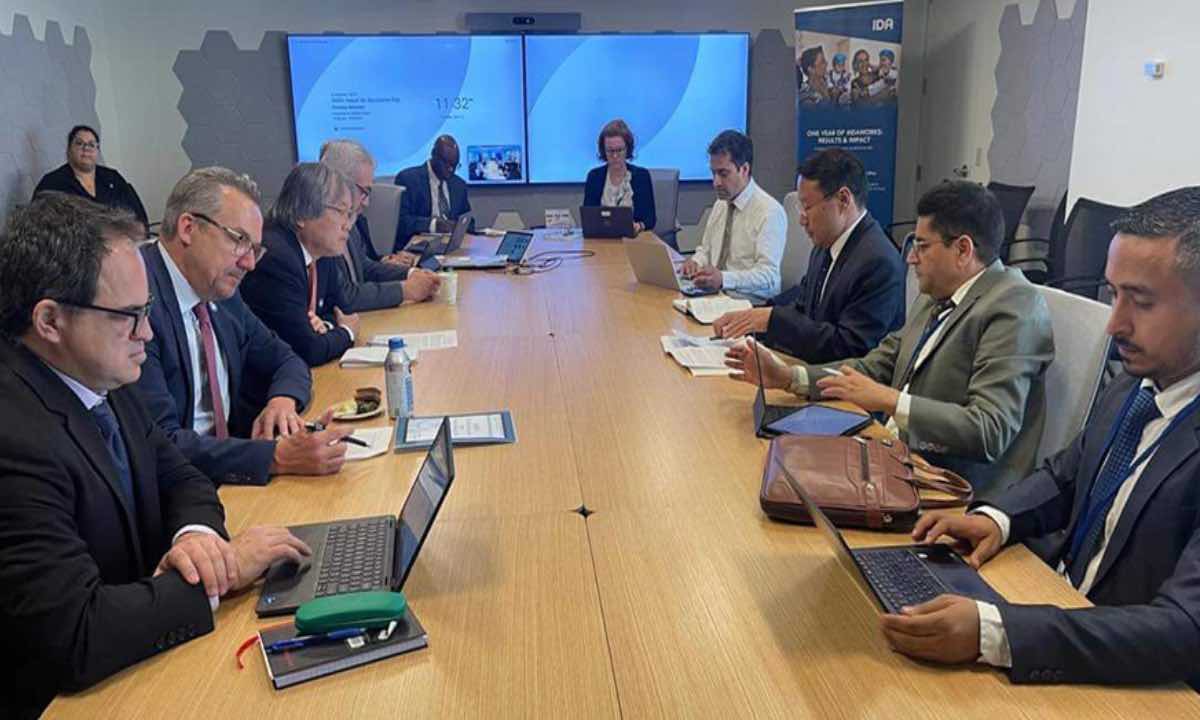
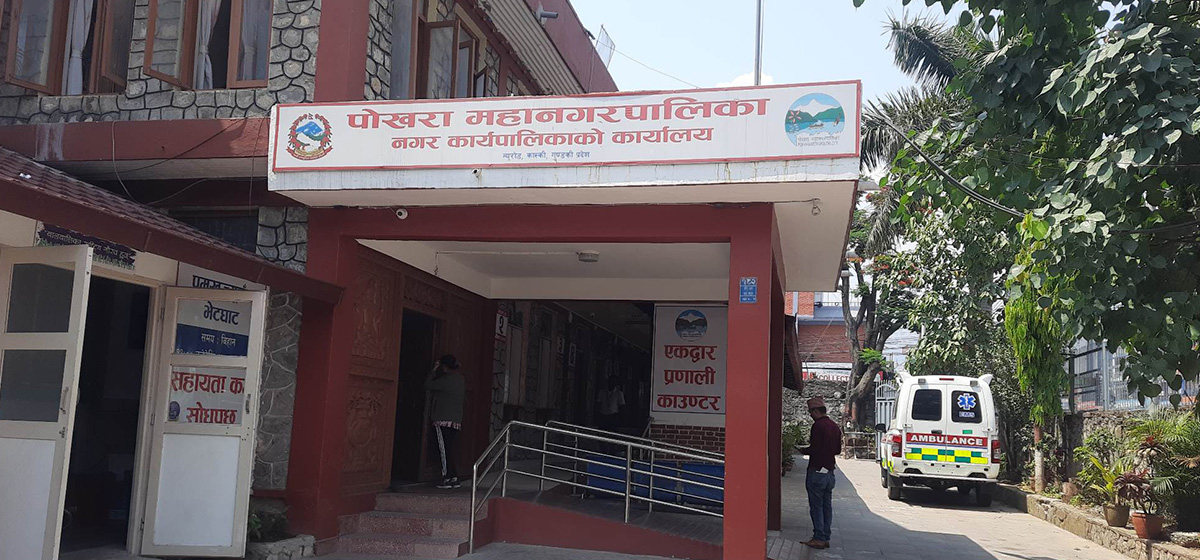
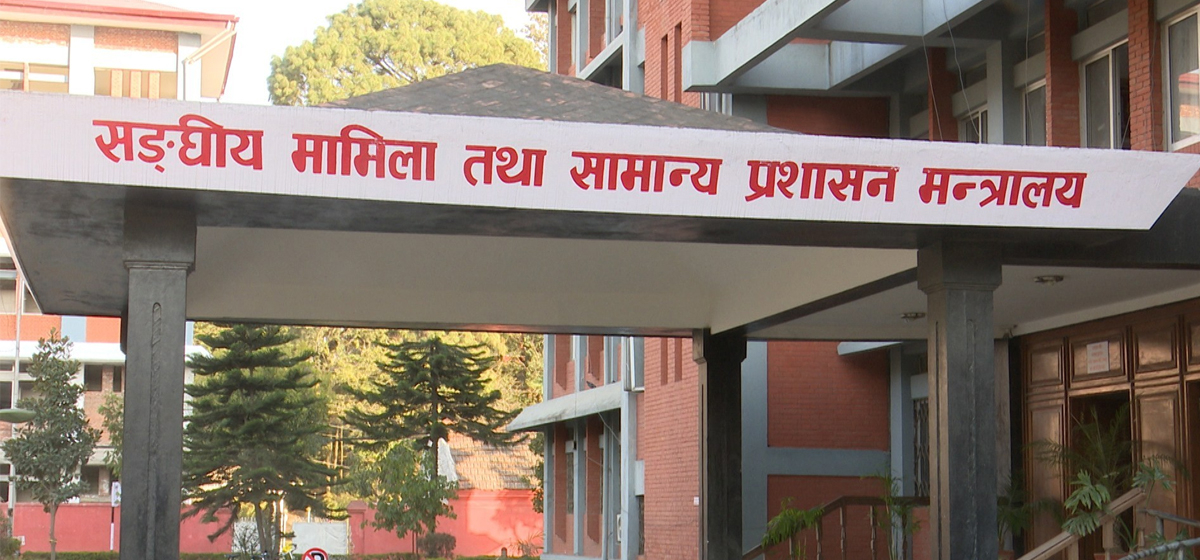


Leave A Comment